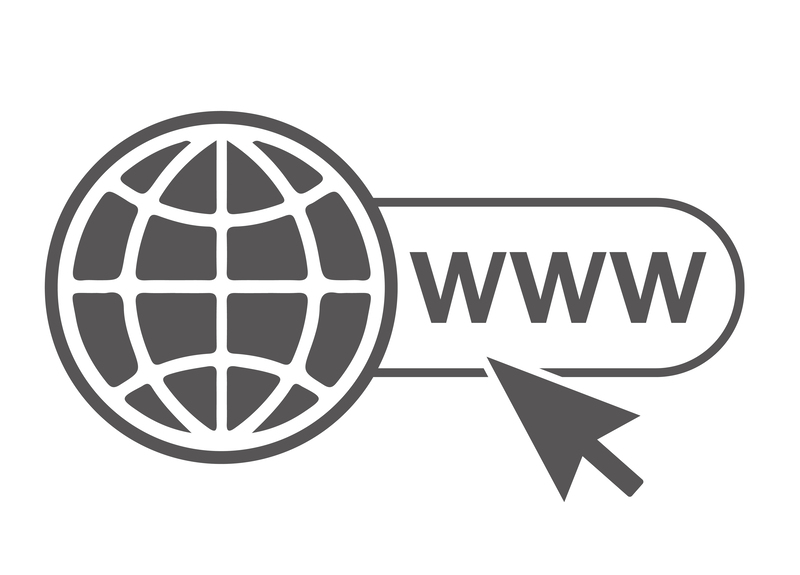Piano Transport: The Hidden Dangers of Doing It Alone
Posted on 21/05/2025
Piano Transport: The Hidden Dangers of Doing It Alone
Moving a piano seems, at first glance, like just another part of household relocation, but the harsh truth is piano transport presents unique and significant challenges. While some people believe saving on professional fees by moving a piano themselves is practical, the hidden dangers of this approach can outweigh any short-term savings. This article explores the risks, technical difficulties, and often-unseen hazards associated with DIY piano moving.

Understanding the Complexity of Piano Relocation
Pianos are not just heavy; they are complex, delicate instruments with intricate designs and sensitive components. A standard upright piano weighs between 300 and 500 pounds, while grand pianos can push over 1,000 pounds. Yet, a piano's internal mechanisms are so fine-tuned that improper movement can cause permanent damage. Here's why piano moving is in a class of its own:
- Weight and bulkiness: Pianos are odd in shape, making them hard to grip or maneuver.
- Sensitive internal parts: The strings, hammers, and soundboard can be misaligned or cracked with a single wrong move.
- Value: Pianos often hold significant monetary and sentimental value, sometimes being family heirlooms.
- Awkward center of gravity: A piano's weight is uneven, increasing the risk of tipping or loss of control during transitions such as stairs or tight corners.
Attempting to transport a piano without professional help introduces multiple hidden dangers that can lead to property damage, personal injury, and costly repairs.
Common Risks of DIY Piano Transport
1. Physical Injury
The most immediate and severe danger of moving a piano by yourself is personal injury. Lifting a piano wrong--even with multiple people--can easily result in:
- Back strains and herniated discs
- Crushed fingers and toes
- Smashed limbs or hands caught under the piano
- Sprained ankles from tripping or slipping
Many underestimate the intense weight and instability of a piano. Without the right lifting and carrying techniques, your body can suffer irreparable harm in just one misstep.
2. Damage to the Piano
Pianos are highly susceptible to damage during a move. The following are common issues that arise from improper piano relocation:
- Cabinet scratches and dents: Navigating doorways and tight spaces can easily mar the delicate finish.
- Tuning instability: Even slight bumps can throw off the piano's tuning, resulting in the need for professional re-tuning afterward.
- Broken legs and pedals: Grand pianos especially are at risk of snapped legs and bent pedals if not disassembled and moved correctly.
- Cracked soundboards: The soundboard is the heart of a piano's tone; cracks from bumps or jolts can destroy the instrument's sound quality.
3. Property Damage
Not only is the piano at risk, but your home and surroundings can also suffer. Common damages include:
- Dinged walls and scratched floors: The sheer weight and bulk of a piano make it easy to hit walls or gouge wooden floors if you lose control.
- Destroyed staircases: Dragging a piano up or down stairs without proper equipment can crush steps and railings.
- Broken door frames: Forcing a piano through tight entryways is a surefire way to splinter or crack frames and trim.
4. Vehicle Damage and Transport Risks
Improperly secured pianos can shift or tip over in vehicles, leading to further instrument and vehicle damage. Without professional piano moving equipment such as padded dollies and locking straps, your instrument is in jeopardy during the journey.
Why Professional Piano Movers Are Essential
Engaging a trusted piano moving service brings far more than extra pairs of hands. Here's why hiring specialists pays off:
Expertise in Handling Pianos
Certified piano movers undergo thorough training in both the physical and technical aspects of piano transport. They know where to lift, how to maneuver tight curves, and how to disassemble and reassemble delicate components when necessary.
Right Equipment
Moving companies specializing in piano transportation use:
- Special padded dollies designed for specific piano types
- Heavy-duty straps to secure the instrument in place
- Custom-built moving boards for grand pianos
- Climate-controlled vehicles for safe transit
Insurance Coverage
Any reputable piano moving company provides insurance to protect your instrument and property during the move, offering peace of mind and financial protection against accidental damage.
Time and Effort Savings
What might take a day (or longer) for an amateur team, a professional crew can often complete in less than an hour--with exponentially less risk and stress.
What Goes Wrong in DIY Piano Moves?
Let's break down some real-life scenarios where things can--and often do--go wrong during a do-it-yourself piano move:
- Case 1: Two friends decide to move an upright piano down a flight of stairs. Midway, they lose grip, dropping the piano. The result? One broken toe, shattered banister, and an unplayable piano.
- Case 2: Without proper dolly straps, a piano tips over inside the van when taking a sharp turn, breaking internal strings and keys. Repairs exceed the original value of the instrument.
- Case 3: While moving a baby grand, untrained movers fail to secure the lid. It flies open, shattering against the floor and damaging both the piano and the tile beneath.
Stories like these highlight the importance of trusting your piano's migration to professionals.
Hidden Costs of "Saving Money" on Piano Moves
The goal of handling piano transport yourself is often to save money. But let's compare what happens when things go wrong:
- Medical bills: Injuries often require expensive medical care, which can easily surpass the cost of a moving service.
- Piano repairs or replacement: Damage to the instrument can mean hundreds--or thousands--of dollars in restoration or total loss.
- Property repairs: Fixing gouged floors and staircases or repairing broken furniture adds another unforeseen expense.
- Time spent: The stress and labor demand of a failed move can cost valuable time and disrupt schedules significantly.
When weighed against the true cost and risk, hiring professionals is almost always the more economical and sensible option.
How Professional Movers Ensure Safe Piano Transport
Assessment and Planning
A professional piano mover will first evaluate all possible routes in and out of your building, noting:
- Doorway sizes
- Stair shapes and rises
- Obstacles such as furniture or narrow hallways
- Unique requirements for disassembly or reassembly
Packing and Protection
Movers use thick moving blankets, pad wraps, and plastic coverings to prevent scratches and internal jolts during transport. The entire piano is wrapped and secured before it's shifted from its position.
Specialized Handling for Different Piano Types
- Upright Pianos: Secured to a dolly, protected with padding, and carefully rolled along designated paths.
- Grand Pianos: Disassembled by removing the legs, pedals, and lyre, the body secured to a grand board for stability, then maneuvered with precision to avoid any jarring movements.
Secured Transportation
During transit, pianos are fastened with heavy-duty straps and stationed to avoid shifting even on rough roads. With climate controls in place, the risk of humidity or temperature damage is minimized.
Simple Tips for Safe Piano Relocation (If You Must DIY)
While it's always best to engage professional piano transport services, if you absolutely need to move a piano yourself, follow these crucial steps:
- Gather a team of at least 3-4 strong adults.
- Use proper moving equipment: piano dollies, straps, and heavy blankets.
- Assess all entry/exit points and remove obstacles in advance.
- Wear heavy-duty gloves and closed-toe shoes for protection.
- Don't force the piano through small spaces; measure everything twice.
- Never attempt stairs without professional help--this is where most injuries and damages occur.
- Once at the new location, allow time for the piano to acclimate before re-tuning.

Piano Moving FAQ: What You Need to Know
- Q: Can I lay my piano down during transport?
A: Never lay a piano on its back or lid; always keep upright pianos in a vertical position and grand pianos on their sides when on a grand board. - Q: How soon should I re-tune my piano after moving?
A: Wait at least 2 weeks to allow the piano to adjust to its new environment before calling a tuner. - Q: Is my piano covered by home insurance during a move?
A: Typically not--only professional piano movers' insurance provides coverage during transportation. - Q: How much does professional piano transport cost?
A: Costs vary depending on piano size, distance, and complexity of the move, but generally run from $150 to $1,000. Compare this to the potential costs of DIY damage or injury.
Conclusion: Why You Should Never Move a Piano Alone
In summary, the hidden dangers of solo piano transport--from severe personal injuries to irreparable harm to your instrument and property--make DIY piano relocation a risky gamble. While professional movers may cost more up-front, their expertise, equipment, and insurance provide invaluable security for your cherished instrument.
Whether you're relocating to a new home or simply rearranging your current space, make the smart and safe choice: entrust your piano transport to professionals. Protect your investment, your health, and your home--it's a decision you'll never regret.
Ready for a Stress-Free Piano Move?
If your piano needs moving, contact a reputable, insured piano transportation company near you today. Experience the difference true expertise brings and keep your instrument singing for generations to come.



